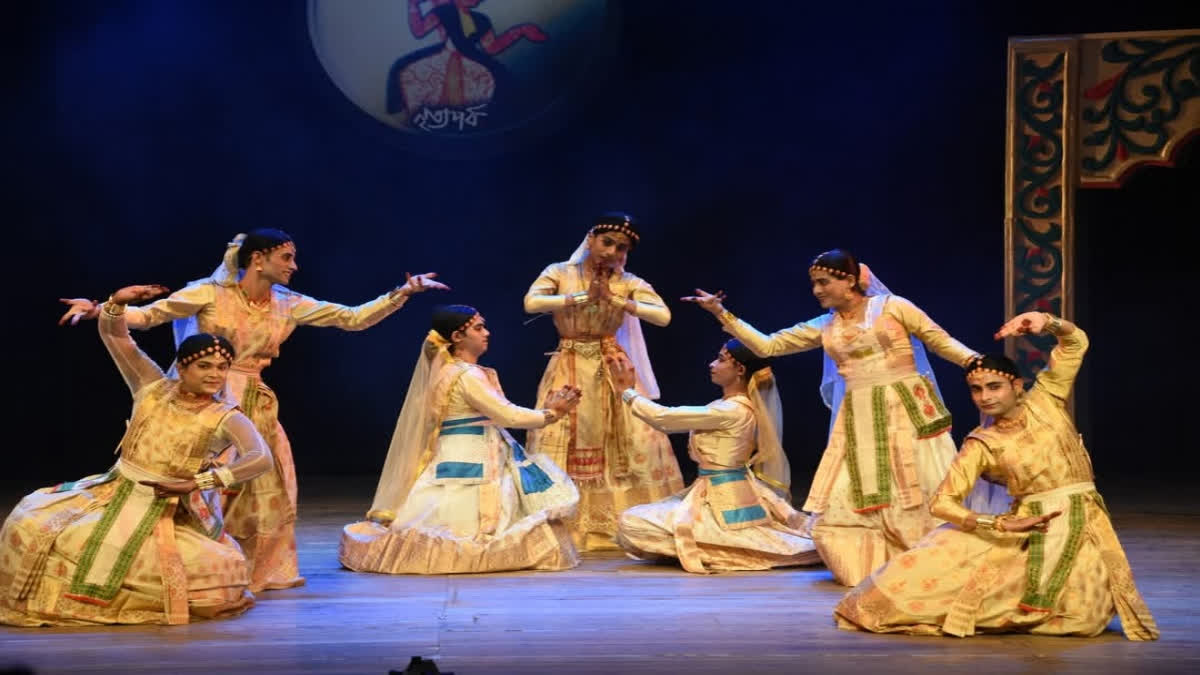Majuli (Assam) : For the first time, the congregation of visitors at the Maha Kumbh Mela at Prayagraj will witness the Sattriya culture from Assam in the form of drama, dance and music, accompanied by traditional Borgeet, played on instruments like the khol, cymbals, flute, violin, and dotara.
A 40-member team of Vaishnabs from the Aauniati Satra in Majuli will present the rich heritage of Sattriya culture through performances of Ram Vijay Bhaona, Diha Nam, and Apsara Dance, along with a Bhagawat recital. Highly lyrical yet devotional, the Paurashik Bhangi, the masculine style, and Stri Bhangi, the feminine style, will be showcased in the presentations.
“This is the first time we have been invited to perform and present our Sattriya culture at the Maha Kumbh Mela,” said Pitambar Dev Goswami, Satradhikar of Aauniati Satra. It may be mentioned here that the Satriya culture is a significant part of the cultural and religious fabric of Assam.
A Glimpse into Sattriya Culture
Sattriya culture, a vital part of Assam’s cultural and religious heritage, was introduced in the 15th century by Mahapurusha Srimanta Sankaradeva, a Vaishnava saint and social reformer. It was conceived as a community religious art form to propagate devotion to Lord Krishna through dance, drama, and music. The saint drew from ancient texts to create a systematic art form that blends religious philosophy with entertainment.
In 2000, Sattriya dance was recognized as one of India’s classical art forms. Today, it is celebrated for its expressive storytelling, depth into spiritualism, and intricate choreography.
Performances at the Maha Kumbh
